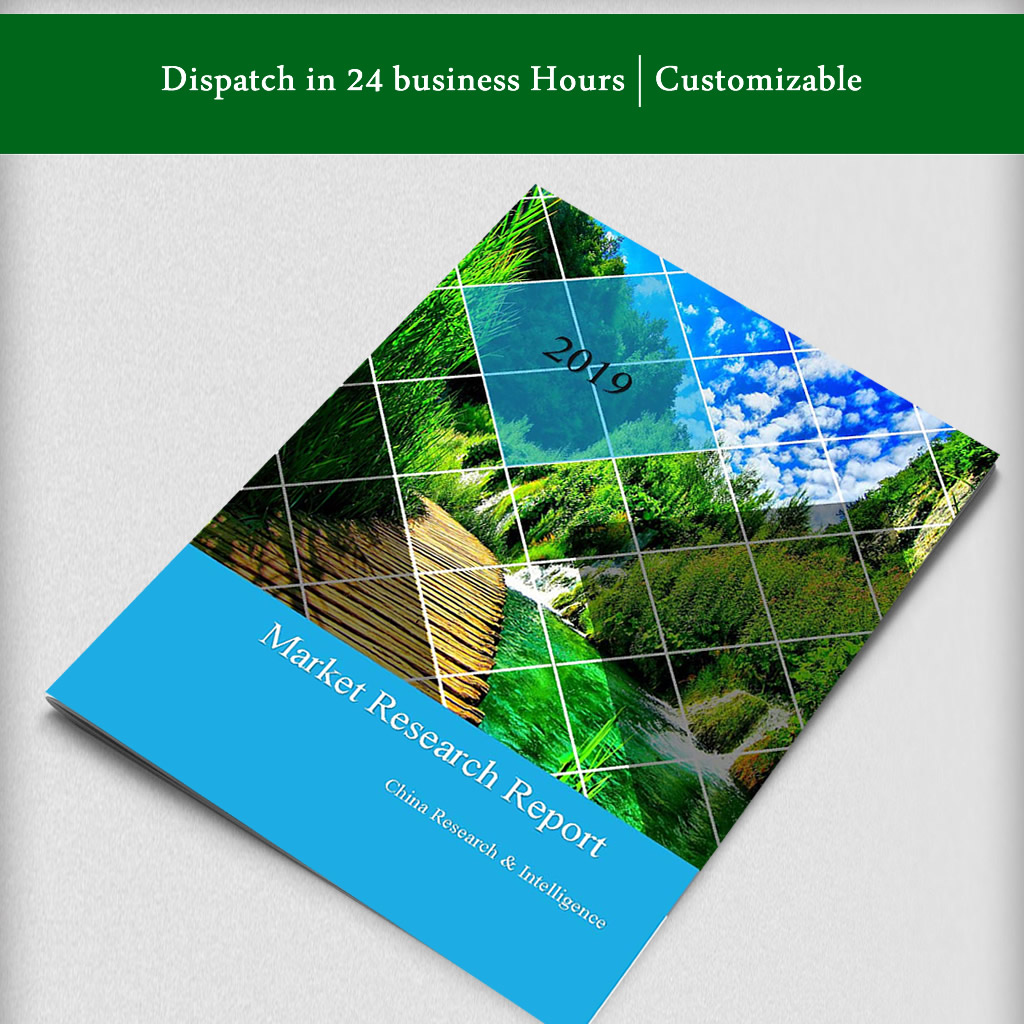Description
In the construction sector, ceramic tiles are considered as one of the key elements which are mainly used for covering roofs, walls, and floors of different buildings as they are highly durable, provide protection from abrasion and require low maintenance. Clay, the most important material required for manufacturing ceramic tiles, is generally obtained from Rajasthan in India.
Market insights:
Among the different types of ceramic tiles, wall tiles constitute 50% of the market share, followed by floor tiles (23%), vitrified tiles, and industrial tiles. Based on value, the size of the ceramic tiles market in India was worth INR 250 Bn in 2017 and is expected to reach INR 501.70 Bn by the end of 2023, expanding at a compound annual growth rate (CAGR) of 13%. In terms of volume, India had manufactured ceramic tiles that could cover an area of 1080 Mn sq. mts. in 2017. On 17th November 2017, tax rates were revised from ~28% to ~18%, which led to a decrease in the cost of finished ceramic tiles products. The decrease in price has led to an increase in the sales of the product thereby leading to the overall growth of the industry.
Market segments:
The organized sector consisting of 16 major players, accounts for ~40% of the Indian tile industry while the remaining 60% is unorganized. The residential sector dominates the demand generated for ceramic tiles in India with 70% market share, while the rest of the order comes from the commercial and replacement sectors.
Export-import:
The export of ceramic tiles has increased in India between FY 2013 and FY2017 and Saudi Arabia, followed by Mexico were the two largest export destination during the period. India has recorded major imports of ceramic tiles, both value and volume-wise, from countries like Italy, China, and Spain.
Key growth drivers of the market:
• Increased spending on infrastructure by the Government of India, coupled with rapid urbanization is promoting the demand for residential and commercial buildings.
• Growing space requirements from various sectors like healthcare, education and IT is making real estate a profitable industry for the ceramic tiles manufacturers of India.
• Apart from new projects, the demand for ceramic tiles has increased from projects related to the replacement of tiles in residential and commercial construction. The replacement market is expected to witness a strong growth in the coming year, thus driving the growth of the ceramic tiles market of India.
Key deterrents to the growth of the market:
Domestic ceramic tiles manufacturers face challenges due to the rise in the cost of production, which, in turn, hampers the profit margin of the manufacturers. An appreciation of the dollar against the rupee has increased the price of compressed natural gas (CNG) which constitutes 30% of the input cost for manufacturing ceramic tiles, hence increasing the total cost of production.
Companies covered:
1. Asian Granito India Limited
2. Euro Ceramics Limited
3. H & R Johnson (India) Limited
4. Kajaria Ceramics Limited
5. Nitco Limited
6. Orient Bell Limited
7. Varmora Granito Private Limited
8. RAK Ceramics India Private Limited
9. Somany Ceramics Limited
10. Murudeshwar Ceramics Limited
Customizations available


